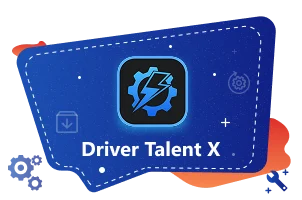As multi-screen office work and entertainment become increasingly popular, USB to HDMI devices have gained wide adoption due to their convenience.
However, some users may encounter issues where the device is not recognized, preventing the external display from functioning properly and affecting the overall experience.
This article analyzes the common causes of USB to HDMI recognition failure and provides practical troubleshooting tips to help you resolve the issue with ease.
1. Symptoms of USB to HDMI Not Being Recognized
No response after connecting the device; external display shows no signal
Windows does not detect new hardware
Device Manager shows a yellow exclamation mark or "Unknown device"
Monitor displays "No input signal" or remains black
Driver installation fails or the driver doesn't function properly
2. Causes of USB to HDMI Device Not Being Recognized
Driver not installed or is outdated
Insufficient power from the USB port or damaged port
Compatibility issues with the operating system
Faulty connection cables or defective converter hardware
Abnormal system settings, such as disabled display or incorrect display mode
Interference from third-party security software or firewalls
3. Troubleshooting Tips
Tip 1: Update the Driver
USB to HDMI devices often require dedicated drivers. Missing or mismatched drivers are a major cause of device failure. For users unfamiliar with manual driver installation, Driver Talent X is recommended. It automatically detects, downloads, and installs the best-matched drivers.
Click the Download button to get the latest version of Driver Talent X.
Install and launch the software, then click "Scan" under the Drivers section.

Find the required driver in the scan results and click "Upgrade".
Restart your PC after the update to ensure the driver takes effect.
Tip 2: Check USB Port and Cables
Try a different USB port, preferably a USB 3.0 port.
Ensure the USB port is not physically damaged or blocked by dust.
Use high-quality HDMI cables and converters to avoid signal instability.
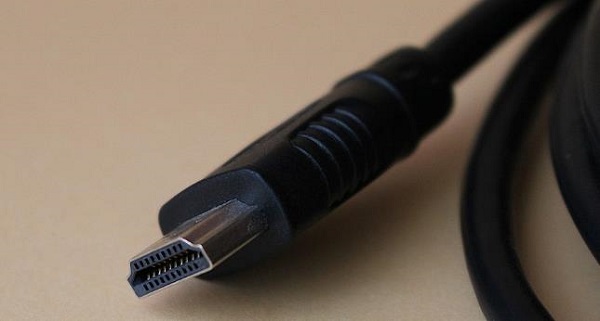
Avoid using overly long or low-quality cables.
Tip 3: Adjust Display Settings
Right-click the desktop and select "Display settings".
Under "Multiple displays", choose Extend these displays or Duplicate these displays.
Ensure the external monitor is detected, and adjust resolution and refresh rate accordingly.
Tip 4: Disable Third-Party Security Software
Antivirus or firewall software may block the driver from running properly.
Temporarily disable such software and test the device.
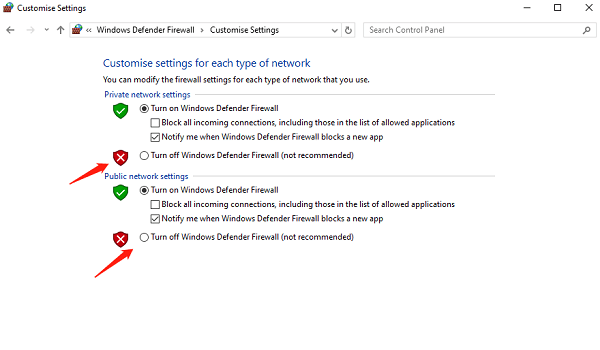
If the issue is resolved, add the device and driver to the software's whitelist.
Tip 5: Check Windows Updates
Go to Settings > Update & Security > Windows Update.
Click "Check for updates".
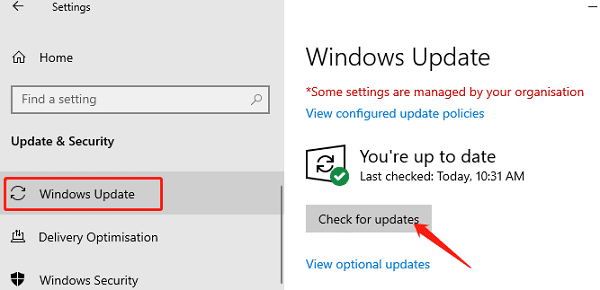
If updates are available, click "Download and install".
Restart the PC after the updates to apply the changes.
Tip 6: Troubleshoot via Device Manager
Press Win + X and open Device Manager.
Look for devices with a yellow exclamation mark. Right-click and choose "Uninstall device".
Restart the PC, and Windows will attempt to reinstall the driver automatically.
Tip 7: Run the Hardware Troubleshooter
Go to Settings > Update & Security > Troubleshoot.
Choose "Additional troubleshooters", find "Hardware and Devices", then click "Run the troubleshooter".
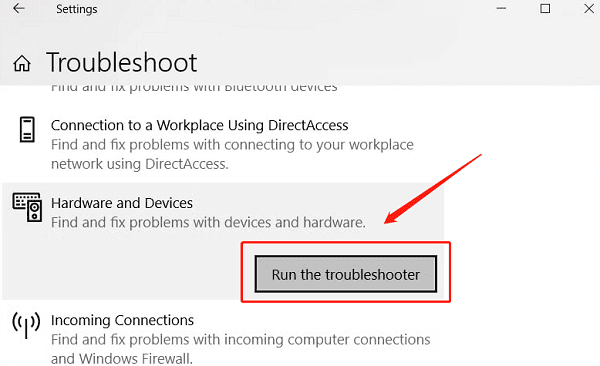
Follow the on-screen instructions to detect and fix hardware-related issues.
If hardware failure is suspected, consider repairing or replacing the device.
4. Tips to Prevent USB to HDMI Issues
Purchase converters and cables from reputable brands.
Regularly check for and update drivers.
Avoid frequent plugging and unplugging to reduce wear on the ports.
Always check for driver and system updates when issues occur.
5. Frequently Asked Questions (FAQ)
Q1: The USB to HDMI device works once, but not after being unplugged and reconnected.
A: Try reinstalling the driver and checking USB power management settings. Disable the "Allow the computer to turn off this device to save power" option.
Q2: The external monitor is black after connecting.
A: Check if the HDMI cable is properly connected, adjust display settings, and verify that the monitor's input source is set correctly.
Q3: My laptop only has a USB-C port. Can I still use USB to HDMI?
A: Yes, but make sure your converter supports USB-C output and the necessary driver is installed.
Most USB to HDMI recognition issues stem from driver problems, port malfunctions, or incorrect settings. By updating drivers, checking connections, and adjusting system configurations, these problems can often be resolved easily.
Hope the tips in this article help you connect your external display smoothly and enhance your multi-screen work or entertainment experience.
